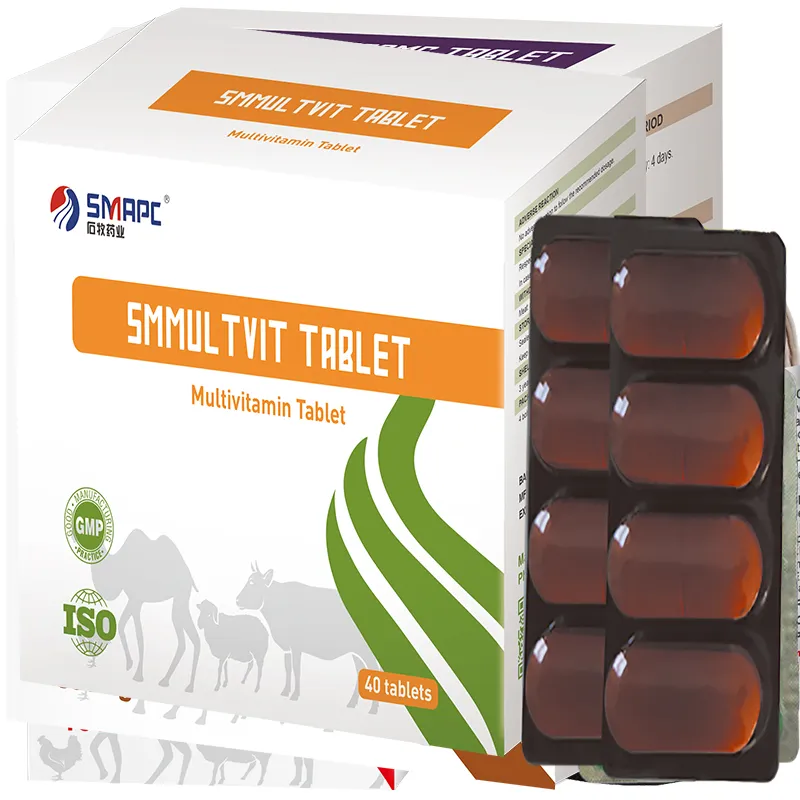When considering the incorporation of Pen-Strep into cell culture media, it is important to understand its concentration and effects on cells. Typically, the standard concentration of Pen-Strep used is 100 U/mL of penicillin and 100 µg/mL of streptomycin. This concentration is deemed effective for preventing bacterial growth without significantly impacting the growth and function of most mammalian cells. However, researchers must be cautious about long-term exposure, as prolonged use can lead to altered cell behavior, antibiotic resistance, and changes in metabolic activity.
penstrep 400







